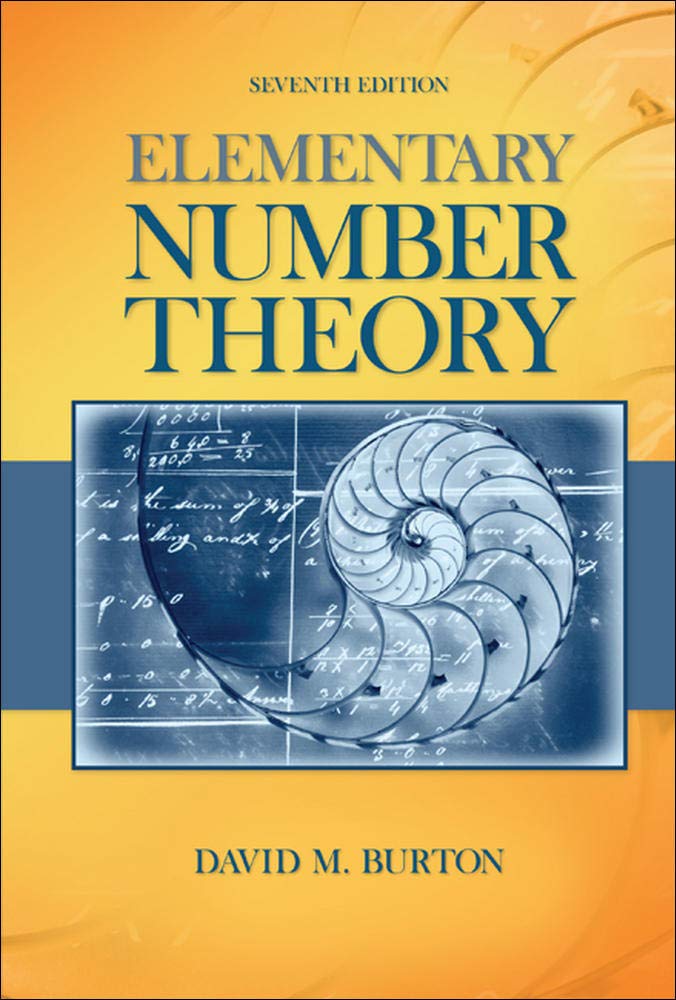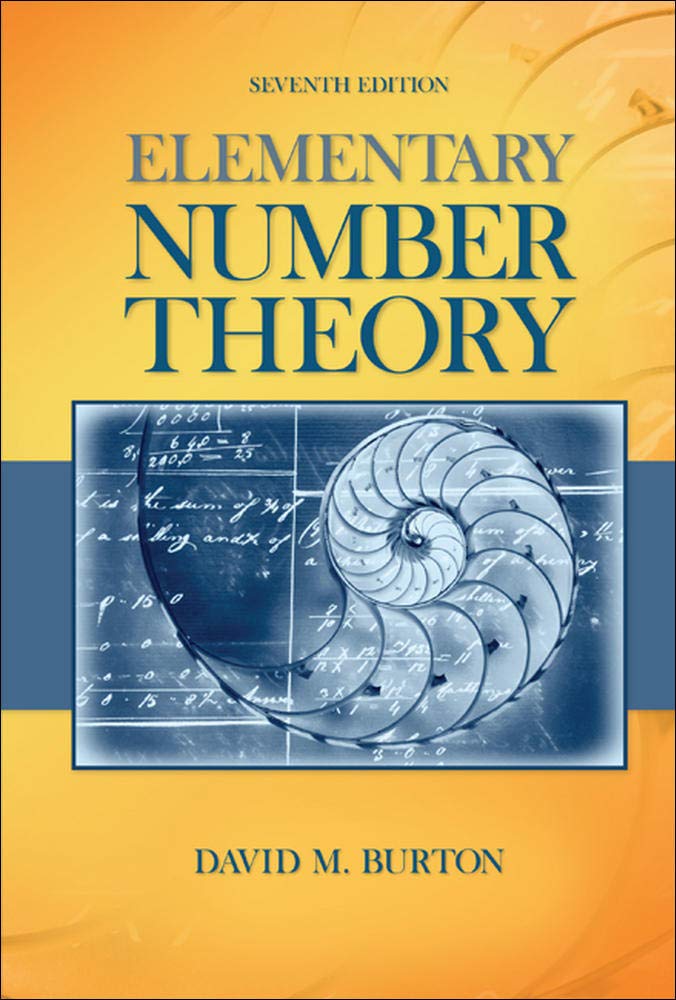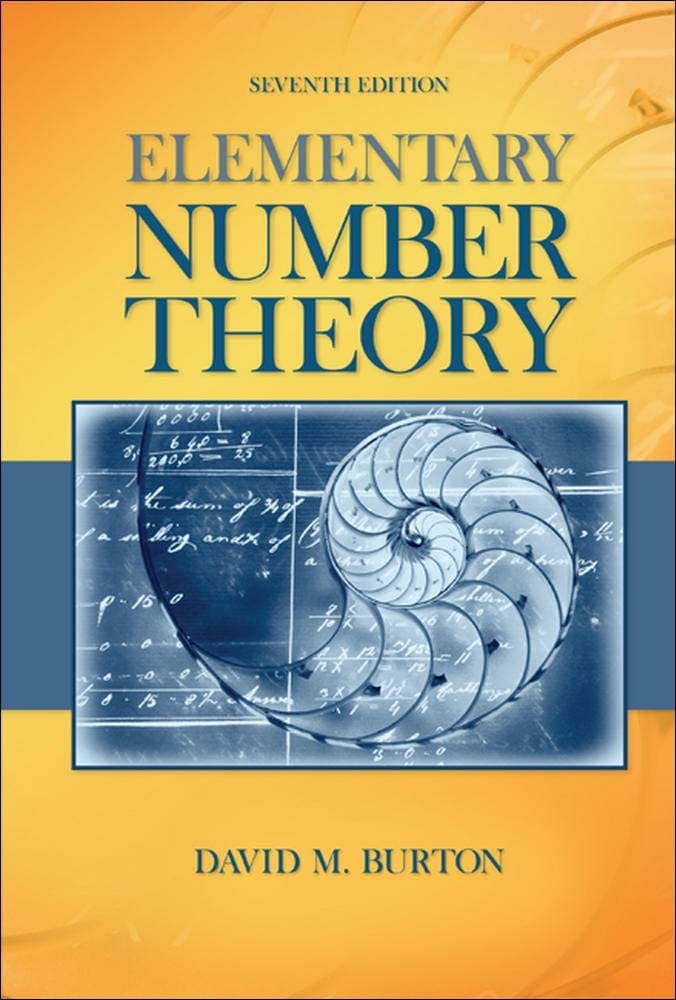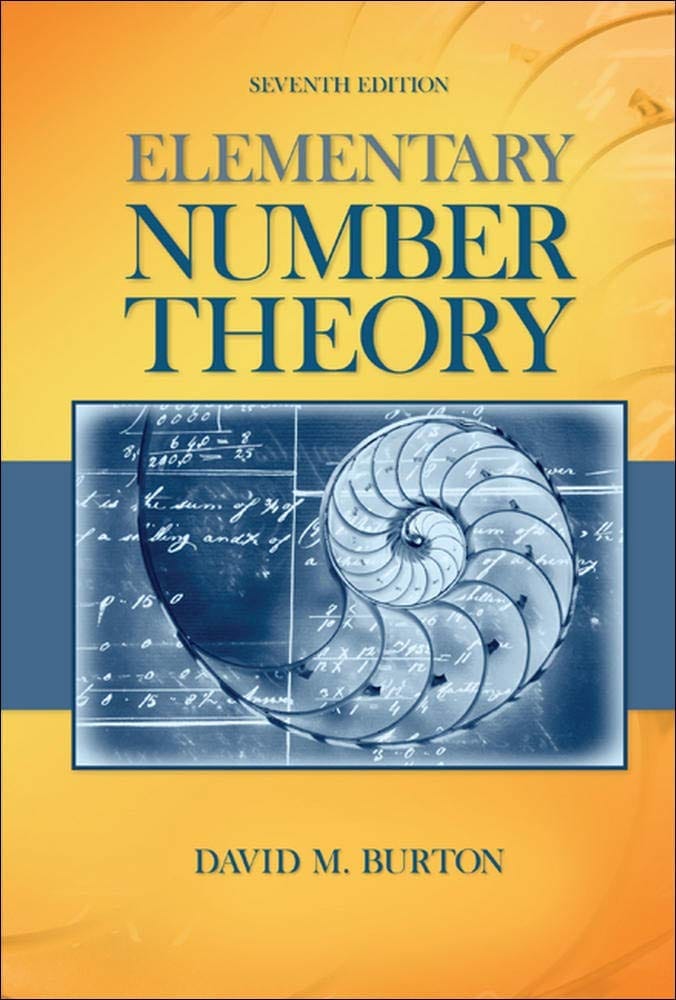
Elementary Number Theory Problems 3.2 Solution (David M. Burton's 7th Edition) - Q5
My Solution for "Show that any composite three-digit number must have a prime factor less than or equal to $31$."
Table of Contents
This is my solution for Chapter 3.2 Q5 in the book Elementary Number Theory 7th Edition written by David M. Burton.
Background
All theorems, corollaries, and definitions listed in the book's order:

I will only use theorems or facts that are proved before this question. So you will not see that I quote theorems or facts from the later chapters.
Question
Show that any composite three-digit number must have a prime factor less than or equal to $31$.
Solution
Using the Property of Composite Numbers, the largest three-digit number $999$ will possess a prime divisor $p$ where $p \leq \sqrt{999} \approx 31.6$. Therefore, any composite three-digit number must have a prime factor less than or equal to $31$.
Read More: All My Solutions for This Book
Related Pages
Ranblog Newsletter
Join the newsletter to receive the latest updates in your inbox.


